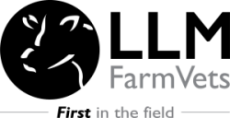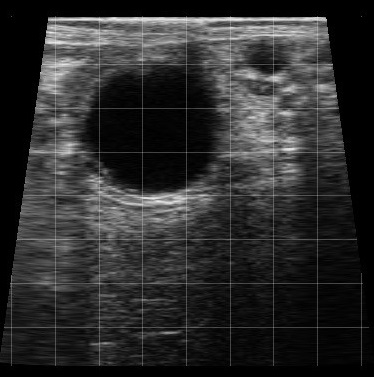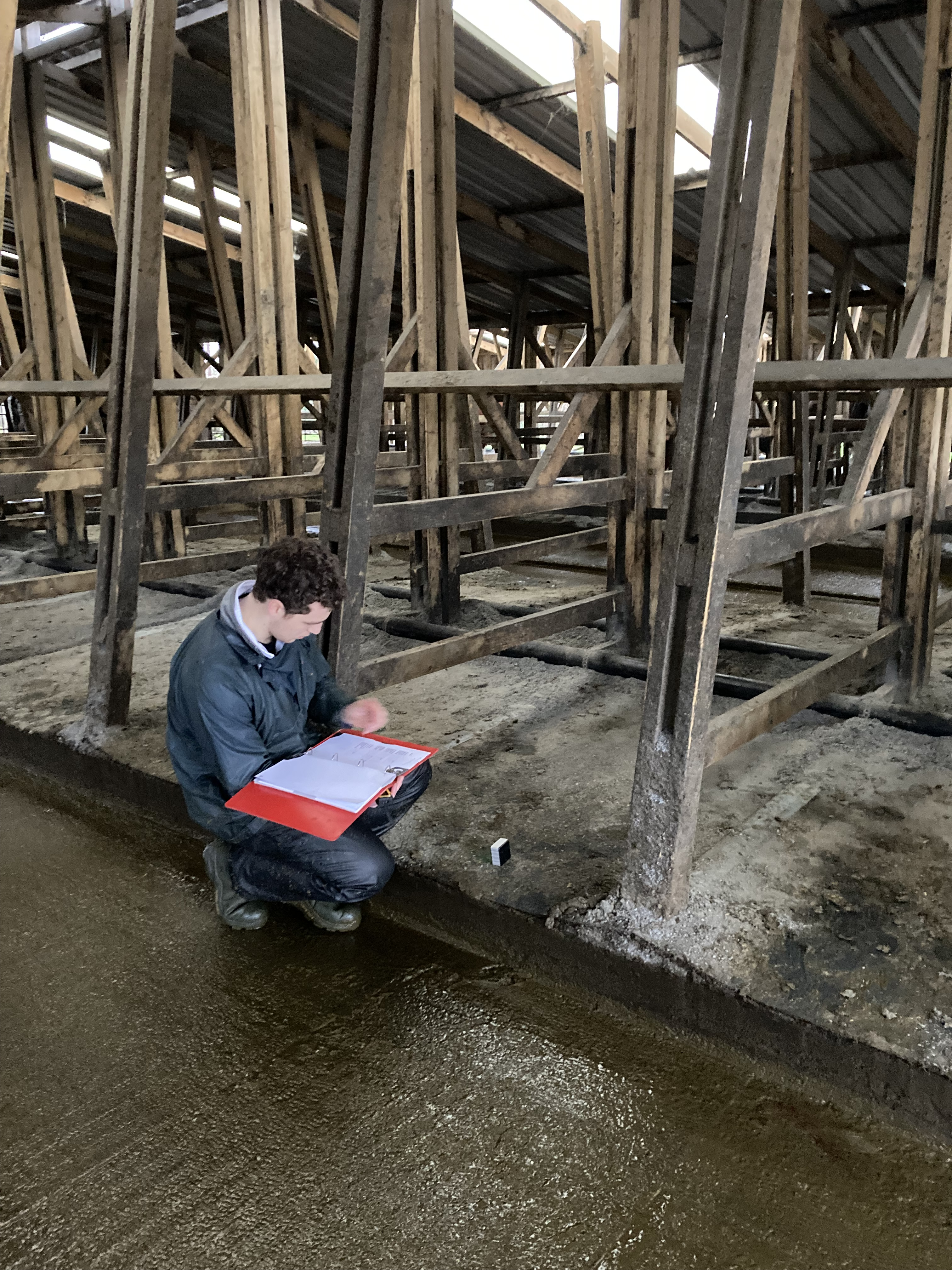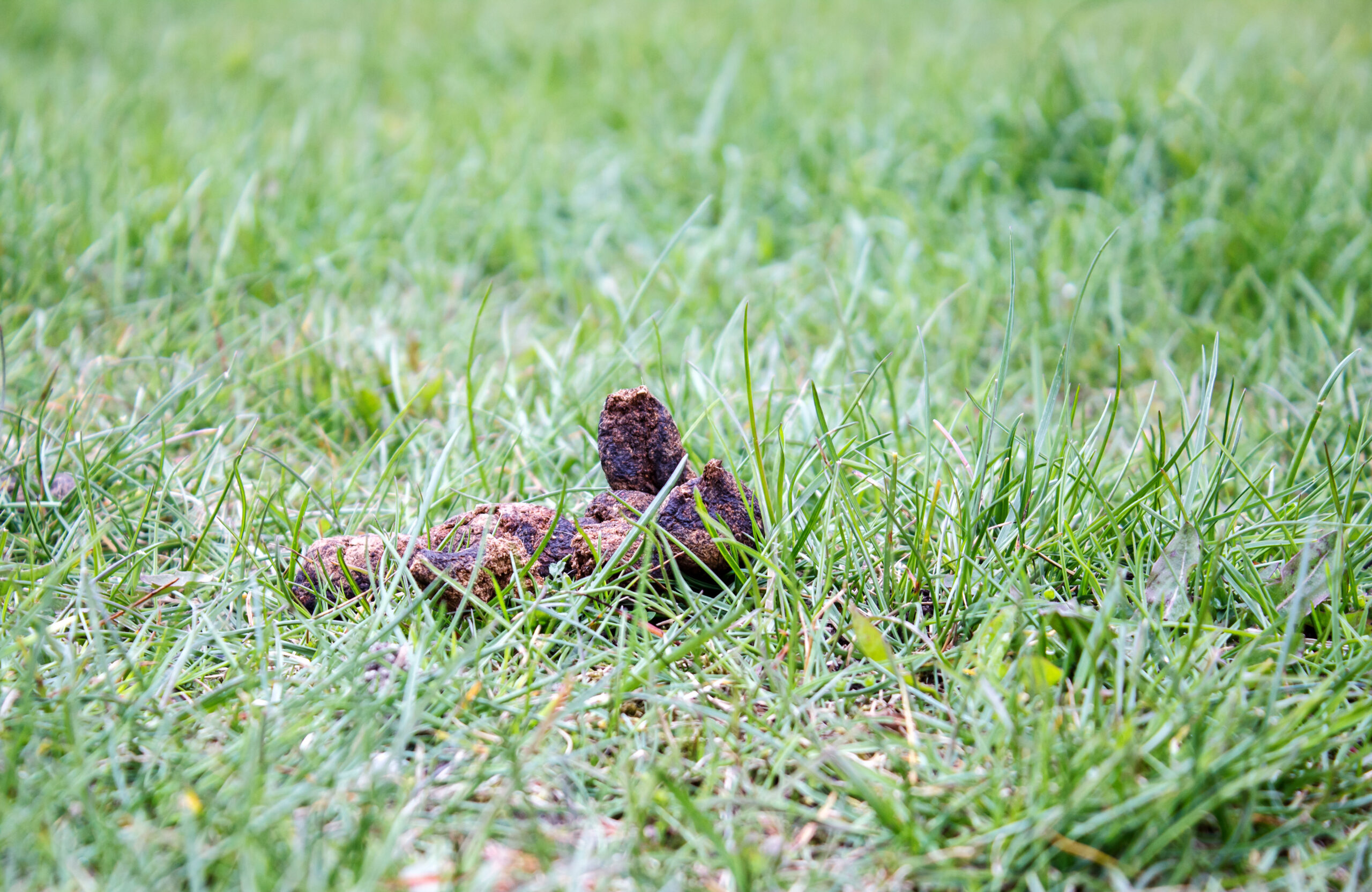Most farmers are aware of trace elements and their potential impact on productivity; but often mineral status of cattle is overlooked or it’s assumed that they must be fine because there is no history of known issues and of course “this is what we’ve always done”. Here Tom Downes runs through the importance of trace elements in your herd.
Trace elements are dietary substances that are essential for ruminants but are only required in very small amounts. They include selenium, cobalt and iodine. Youngstock, lactating animals and pregnant animals generally have a higher demand for trace elements and are most at risk of deficiencies.
Natural availability of trace elements in grass or forage is very varied and can be affected by numerous things including weather, soil type, geology, pH, drainage and plant type. Consequently, trace element status is very farm specific and can even vary from year to year.

Generally, trace elements are reliably supplemented to cattle/sheep whilst they are indoors but once turned out cattle/sheep are often dependent on pasture as their major (only) source of minerals and trace elements. Providing a reliable supplementary source of trace elements at pasture is a challenge, especially if livestock are not buffer fed or receiving supplementary mineralised feed. Any class of stock (dairy cows, beef cows, youngstock etc.) can be at risk of trace element deficiencies and consequential production losses but we most often see issues with heifers between mating and calving.
Traditionally many people have relied on mineral licks or in water Elemental tips for success. 13 supplementation however, whilst they are undoubtedly beneficial, uptake has been shown to be variable which can leave some animals “falling through the gaps”. Instead, we would advocate the use of slow release ruminal boluses – such as the Oligovet Super Grazing range. These have the advantage of providing consistent long-term supplementation and remove the risk of variable uptake. They are also extremely cost effective adding just a few pence per animal to the daily feed costs.
When considering trace element supplementation it’s important to do it in consultation with your nutritionist and/or vet as over supplementation can have a detrimental effect. Nowadays we are increasingly encountering copper toxicity as opposed to deficiency often because animals are supplemented from numerous sources. We would recommend the use of diagnostic sampling to characterise trace element levels within your herd/ flock. For many trace elements this can be easily done by blood sampling a small selection of animals from each management group. However due to both copper and cobalt being stored in the liver it is best to use liver tissue samples alongside samples to build a more complete picture. In cattle, liver samples can be quickly, easily and safely obtained using a biopsy needle.
Recently, we have been doing some sampling on spring calving herds and have identified deficiencies. With mating coming up and off the back of a cold wet spring, cows that are out are going to need every bit of support for breeding to be a success.
If you want to discuss trace elements on your farm in more detail or you want to do some testing then please get in touch.











Leave A Comment